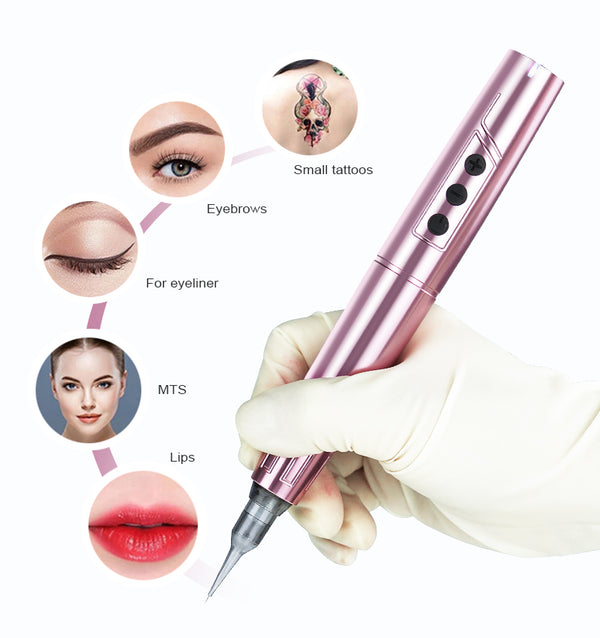The tattoo industry has undergone significant transformations over the years, with one of the most notable advancements being the evolution of precision tattoo machines. These devices have revolutionized the art of tattooing, providing artists with the tools necessary to create intricate and detailed designs with unparalleled accuracy. In this blog post, we will delve into the history, technological advancements, and future prospects of precision tattoo machines.

The Early Days of Tattoo Machines
The journey of tattoo machines began in the late 19th century when Samuel O'Reilly patented the first electric tattoo machine in 1891. This invention was inspired by Thomas Edison's electric pen, which was initially designed for duplicating documents. O'Reilly's adaptation allowed for more efficient and consistent tattooing compared to traditional hand-poked methods. However, these early machines were rudimentary and lacked the precision required for detailed work.
Technological Advancements in Tattoo Machines
As the tattoo industry grew, so did the demand for more sophisticated equipment. The mid-20th century saw the introduction of coil machines, which utilized electromagnetic coils to drive the needle. These machines offered greater control and consistency, allowing artists to achieve finer lines and shading. The evolution of precision tattoo machines continued with the development of rotary machines, which use a rotating motor to move the needle. Rotary machines are known for their smooth and quiet operation, making them a popular choice among modern tattoo artists.
Precision and Innovation in Modern Tattoo Machines
Today's precision tattoo machines are a testament to the industry's commitment to innovation. Modern machines are designed with advanced materials and technology, offering features such as adjustable needle depth, customizable speed settings, and ergonomic designs. These improvements have enabled artists to push the boundaries of their creativity, producing tattoos with remarkable detail and accuracy.
For example, the introduction of wireless tattoo machines has provided artists with greater mobility and flexibility, allowing them to work in various environments without being tethered to a power source. Additionally, the use of digital interfaces and software has made it easier for artists to fine-tune their machines to suit their specific needs, further enhancing the precision of their work.
The Future of Precision Tattoo Machines
The evolution of precision tattoo machines shows no signs of slowing down. As technology continues to advance, we can expect to see even more innovative features and improvements in the coming years. One area of potential growth is the integration of artificial intelligence (AI) and machine learning, which could provide artists with real-time feedback and suggestions to enhance their designs.
Another exciting prospect is the development of eco-friendly tattoo machines that minimize waste and reduce the environmental impact of the tattooing process. As the industry becomes more conscious of its ecological footprint, we can anticipate the emergence of sustainable practices and equipment that align with these values.
Conclusion
The evolution of precision tattoo machines has played a pivotal role in shaping the modern tattoo industry. From the early days of rudimentary electric machines to the sophisticated devices of today, these advancements have empowered artists to create stunning works of art with unparalleled precision. As we look to the future, it is clear that the continuous innovation in tattoo machine technology will further elevate the art of tattooing, providing artists with the tools they need to bring their creative visions to life.
Whether you are a seasoned tattoo artist or an enthusiast, understanding the history and advancements of precision tattoo machines offers valuable insights into the ever-evolving world of tattooing. Stay tuned for more updates and innovations as the industry continues to push the boundaries of what is possible.







